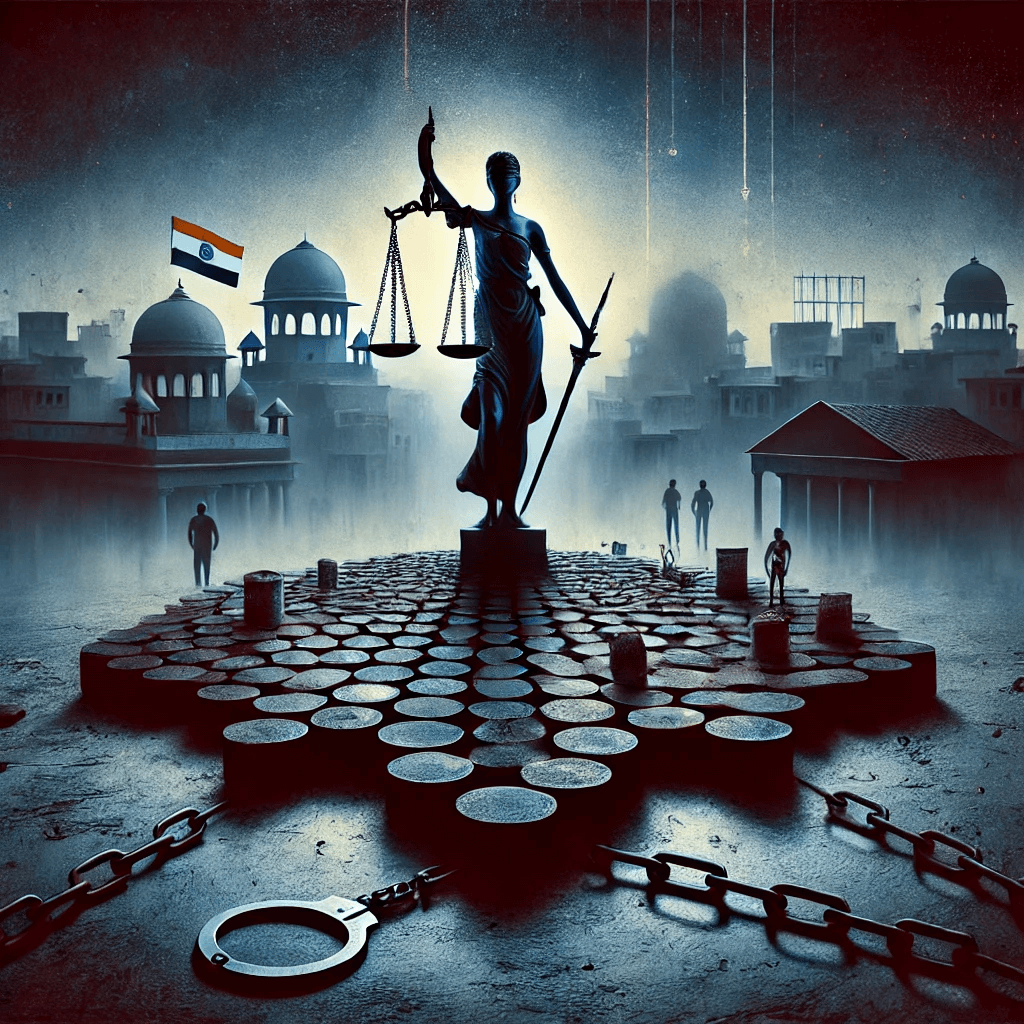In 1992, the gang rape of lady, a grassroots worker from Rajasthan, marked a turning point in India’s legal history. Her brutal assault, committed in front of her husband, not only shocked the nation but also led to the landmark Vishakha judgment by the Supreme Court. This ruling laid the foundation for laws against sexual harassment at the workplace, marking a significant step forward in the protection of women’s rights in India. Yet, over three decades later, the recent horrific incident involving the rape and murder of a doctor at Kolkata’s RG Kar Medical College underscores a grim reality: despite legal advancements, the safety of women in India remains woefully inadequate.
The Kolkata’s R.G kar medical college case is not an isolated incident. From the brutal gang rape of Nirbhaya in Delhi in 2012 to the rape of a young veterinarian in Hyderabad in 2019, India’s history over the past few decades is marred by a series of heinous crimes against women. Despite stringent laws and amendments, the frequency of such incidents points to a deep-seated problem that legislation alone has failed to address.
The Promise and Failure of Legal Reforms
The immediate aftermath of the Nirbhaya case saw the enactment of the Criminal Law (Amendment) Act, 2013. This law expanded the definition of rape, and introduced harsher punishments, including the death penalty for cases where the victim dies or is left in a vegetative state. Additional amendments followed the Kathua rape case in 2018, which introduced the death penalty for the rape of children under 12 years of age. The Protection of Children from Sexual Offences (POCSO) Act was also strengthened, further reflecting the country’s legislative resolve to combat sexual violence.
However, despite these legal instruments, the situation at the ground level has not improved yet. The National Crime Records Bureau (NCRB) reported 4,28,278 cases of crimes against women in 2021, almost double the figures from 2012. The conviction rate for rape cases stood at a dismal 28.6% in 2021, illustrating the ineffectiveness of these laws in securing justice for victims. A significant portion of the Nirbhaya Fund, established to support rape victims, remains unutilized, highlighting a glaring gap between the legislative intent and its execution.
Societal and Institutional Failures
The crux of the problem lies not just in the law but also in its implementation and the societal attitudes that hinder it. The Kolkata rape case is emblematic of these failures. The vandalization of RG Kar Medical College by a mob, the delayed in filing of an FIR by the Kolkata police, and the initial attempt by the college principal to dismiss the incident as a suicide all point to a systemic breakdown. These failures are not just a reflection of poor law enforcement but also of a society that continues to harbor deep-seated prejudices against women.
The victim’s name and graphic details of the crime were circulated in the media, violating her dignity and adding another layer of trauma to an already horrific event. This disregard for the privacy and dignity of rape victims is symptomatic of a broader societal malaise, where women are often blamed for the crimes committed against them.
The state machinery , too, is plagued by biases and inefficiencies. Delays in filing FIRs, poor evidence collection, and a lack of sensitivity in handling rape cases contribute to low conviction rates. The problem is exacerbated by societal attitudes that stigmatize rape victims, leading to underreporting and, in many cases, a lack of support for survivors.
Economic Implications of Women’s Safety
he failure to ensure the safety of women has far-reaching consequences beyond the obvious human rights violations. As Gita Gopinath of the IMF pointed out, India’s economic aspirations are contingent on increasing women’s participation in the workforce. However, this cannot be achieved without addressing the pervasive issue of women’s safety. A society where women live in constant fear cannot expect to harness their full potential in the economic sphere.
The Need for Legal and Societal Overhaul
While stringent laws are necessary, they are not sufficient to combat the scourge of sexual violence. This issue requires a holistic approach that includes legal reforms, better enforcement, societal change, and sex education.
Firstly, the implementation of existing laws needs to be strengthened. Police and judicial officers must be trained to handle rape cases with the sensitivity and seriousness they deserve. The concept of ‘Zero FIR’—which allows for the filing of an FIR irrespective of jurisdiction—needs to be enforced rigorously to prevent delays in the investigation.
Secondly, there needs to be a focus on the collection of robust forensic evidence. Delays in reporting and inadequacies in evidence gathering often weaken the case against perpetrators, leading to acquittals. The legal system must ensure that rape cases are built on strong, incontrovertible evidence, rather than relying solely on victim testimony.
Thirdly, there must be a shift in societal attitudes. Public awareness campaigns should focus on changing the mindset that stigmatizes victims and excuses perpetrators. Schools and colleges should include gender sensitization programs in their curriculum to instill respect for women from an early age.
18 Sep 2024




